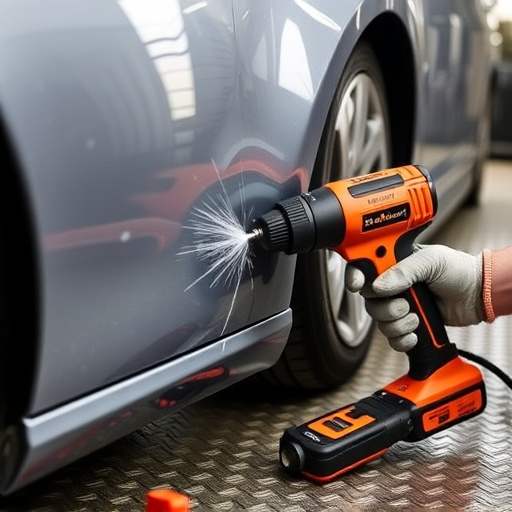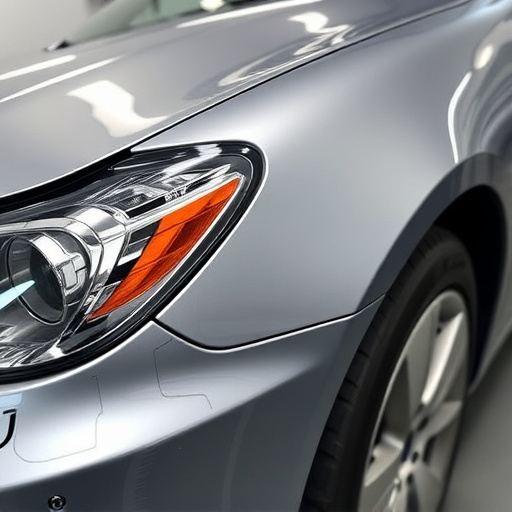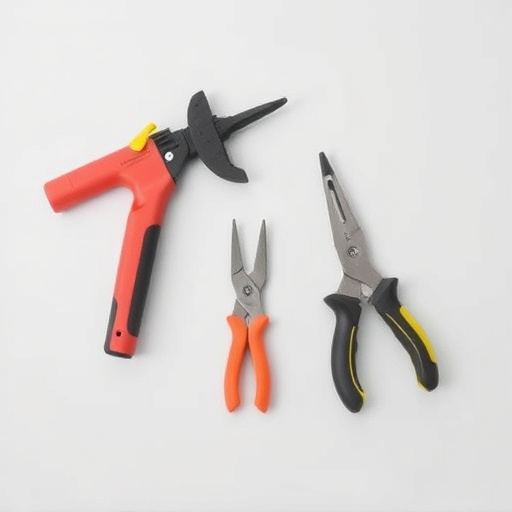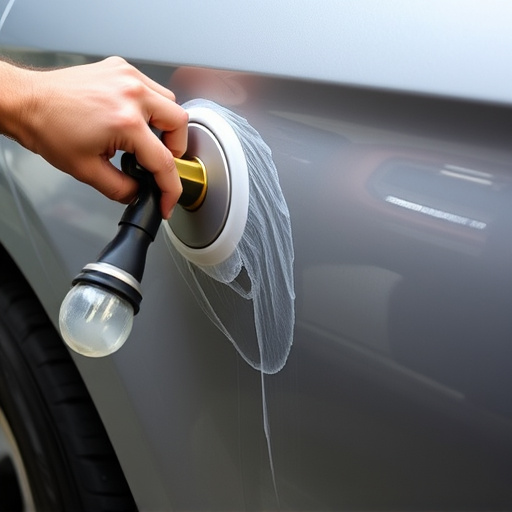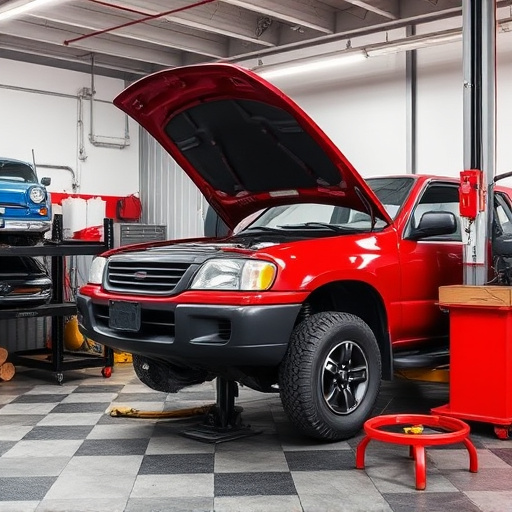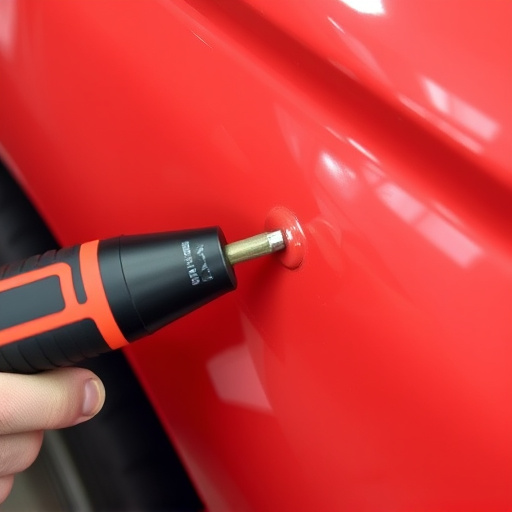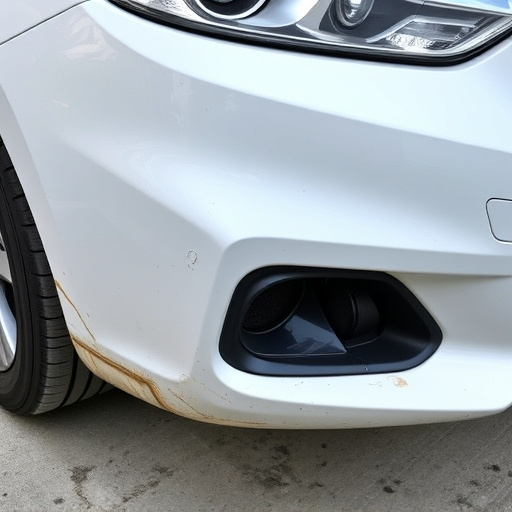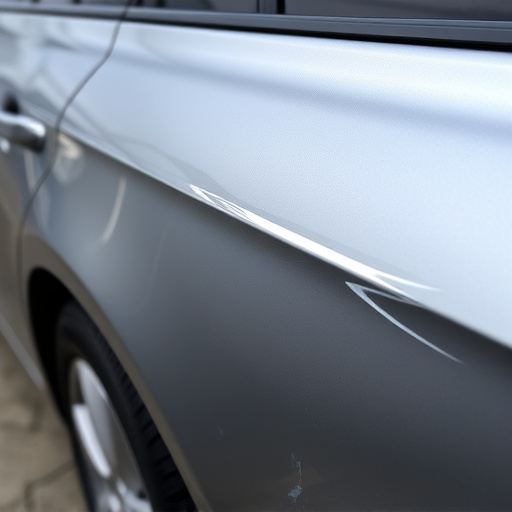Heated windshield replacement offers a swift and efficient solution for auto glass repair in winter conditions, using infrared tech or hot air to melt frost. Skilled technicians then remove moisture and apply new adhesive, ensuring strong bonds. Choosing the right defrost-capable adhesive for extreme cold is crucial, with modern formulations offering superior strength and flexibility. Preheating surfaces with heat guns or pads further enhances adhesion, minimizing painting repairs due to poor bonding.
“Elevate your vehicle’s safety and efficiency with advanced tips on using defrost-capable windshield adhesives. In today’s digital era, understanding the heated windshield replacement process is key to staying ahead. Learn how to choose the right adhesive tailored for your vehicle’s needs, master advanced application techniques for optimal results, and revolutionize your driving experience. Embrace these strategies for a seamless, ice-free journey.”
- Understanding Heated Windshield Replacement Process
- Choosing the Right Defrost-Capable Adhesive for Your Vehicle
- Advanced Application Techniques for Optimal Results
Understanding Heated Windshield Replacement Process

The heated windshield replacement process is a modern solution for auto glass repair that utilizes specialized equipment and techniques to safely remove frozen windshields. Unlike traditional methods, which might involve chipping or hammering ice, this innovative approach ensures minimal damage to the car’s surface. It starts with heating the exterior of the windshield using infrared technology or hot air blowers, causing the frost and snow to melt quickly. This step is crucial for effective defrosting, especially in severe weather conditions where ice buildup is common.
Once the glass is free from frost, a skilled technician can then carefully remove any remaining moisture and ensure perfect alignment before applying a new windshield adhesive. This method is not only efficient but also environmentally friendly, as it reduces the need for chemicals typically used in traditional defrosting processes. Understanding this heated process empowers car owners to make informed decisions when choosing auto glass repair services, ensuring their vehicle’s windshields are restored safely and effectively, particularly during cold winter months when quick defrosting is essential.
Choosing the Right Defrost-Capable Adhesive for Your Vehicle

When it comes to selecting a defrost-capable windshield adhesive for your vehicle, understanding your specific needs is key. Different climates and driving conditions necessitate varied adhesion properties, so choosing the right product ensures optimal performance during freezing temperatures. For regions with frequent frost and ice, opt for adhesives designed to withstand extreme cold, providing strong bonds even in subzero conditions.
Consider factors like the type of vehicle glass, surface preparation, and desired application ease when making your selection. Modern defrost adhesives often incorporate innovative formulations that offer superior strength while remaining flexible, crucial for heated windshield replacement procedures. An automotive body shop expert can guide you in picking the perfect adhesive tailored to your vehicle’s restoration or repair needs, ensuring a safe and efficient driving experience all year round.
Advanced Application Techniques for Optimal Results

When applying defrost-capable windshield adhesives, advanced techniques can significantly enhance their effectiveness, especially during cold weather when traditional methods might struggle. A key strategy is to preheat the adhesive before application, mimicking the effect of a heated windshield replacement. This involves gently warming the adhesive with a heat gun or heating pad, ensuring it reaches the optimal temperature range for optimal bonding. By doing so, you can achieve stronger adhesion even in freezing conditions.
Additionally, professionals recommend using a smooth, clean surface to apply the adhesive, free from any debris or imperfections that could disrupt its contact with the car paint services or vehicle collision repair area. Proper preparation includes inspecting and repairing any damage to the vehicle’s body, including minor dings or scratches, as these can prevent a secure bond. Employing these advanced application techniques not only ensures superior results but also minimizes the need for frequent vehicle paint repair due to poor adhesion issues.
Defrost-capable windshield adhesives are a game-changer in the heated windshield replacement process, offering both convenience and durability. By understanding the heated replacement method, selecting the right adhesive, and mastering application techniques, you can ensure your vehicle’s glass remains secure and clear during cold weather. These advanced tips empower you to navigate winter’s challenges effortlessly, keeping your vision unobstructed on the road ahead.
